Overclocking
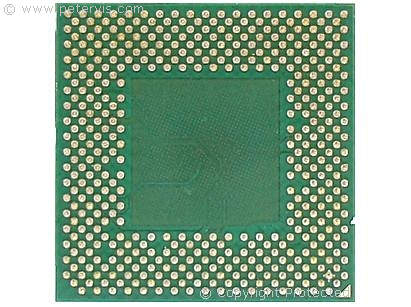
Overclocking is increasing the clock speed above and over the manufacturer’s recommended parameters. Digital systems rely on a clock pulse, which determines the rate at which the system processes data. Increasing the speed also known as frequency of the clock pulse increases the data throughput. "Overclockers" are typically, hobbyists, gamers, and enthusiasts who engage in this practice. They tend to feel clever if they manage to make a system operate faster than the manufacturer’s recommendation, even when the gain is a very small negligible percentage of the overall speed.
As a professional, you must never engage in this practice if you require a reliable system. The clock speed is a finely researched parameter determined by qualified engineers, and a small margin of safety maintains system stability in every condition.
Basics
On modern digital systems, the benefits are rather minimal and may result in the system becoming inoperable. In recent computers, clever software typically provided by the manufacturer increases the clock speed, and it is usually bundled with the motherboard together with the chipset drivers. This tool usually helps "overclockers" to experiment, however in many cases the increased speed results in the system becoming unstable.
Hardware configuration settings may also increase the system clock speed, and a motherboard may have jumper settings to set the FSB (Front Side Bus) clock speed. However, many modern motherboards provide the FSB setting through BIOS settings, which is much safer than making jumper changes.
Increased thermal output
At higher clock speeds, semiconductors produce more heat; therefore, an improved system-cooling scheme is required. For desktop PC, a better cooling fan is usually required, as the stock fan tends to be insufficient. The better cooling fan may have a higher rpm rating and may be noisier. DDR3 memory may also require a heatsink as they can overheat at higher clock speeds. The chipset and video card may also require dedicated cooling fans to keep them cool, and the case will need to have better ventilation to extract all the heat out of the enclosure.
Laptops perform very poorly due to the increased thermal output because they have minimal capacity to deal with this increase. In many cases, the motherboard and electronics fail due to overheating.
Increased power consumption
A digital system that operates at higher clock frequencies will consume more power and produce more heat. An overclocked processor may require more power, achieved by providing its core a greater voltage. In the past, it was possible to do this through the jumper settings on the motherboard; however, modern motherboards often do not provide this feature.
Advantages
A very slight increase in system performance is achieved. Useful for boasting and showing off to friends
Risks of Overclocking
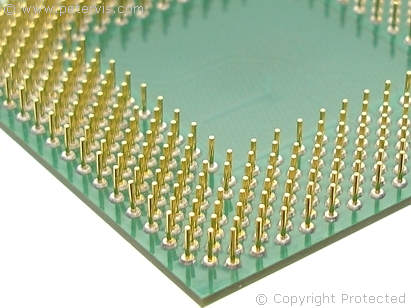
- Damage to DDR3 RAM
- Damage to processor / burnt pins
- Hard disk failure / crash
- Unreliable or unstable system
- Damage to motherboard and chipset
- Blue Screen of Death (BSOD) Crashes
- Reduced lifespan of the system
- Damage to power supply
- Video card failure
- Data loss
Damage to processor
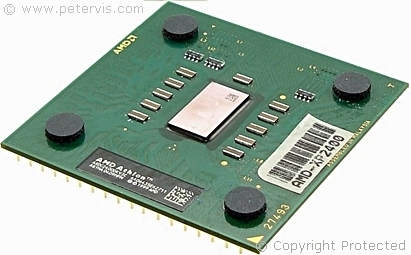
Microprocessors are very complex and delicate electronic components. An overclocked microprocessor or motherboard used for long periods may become permanently unreliable, even when reverting to slower clock speed settings.
Damage to motherboards and processors is sometimes difficult to detect and repair as it may involve bit level failure. You may have a computer that intermittently locks up, or crashes. It is common to find components with such damage on eBay. It is therefore wise to ask questions before you buy.
Typical products people try to overclock
AMD Processors
- AMD FX 8350 Black Edition 8 Core Processor
- AMD FX 6300
- AMD FX 8500
Intel Processors
- Intel® Core™2 Duo Processor E8400
- E5300
- E7400
- I5
- I7
- XEON
Graphics Cards
- GeForce GTX 780
- Nvidia GPU
Home Gadgets
- Xbox 360
- Kindle Fire
- MacBook Pro
- Monitors
- Raspberry Pi
History
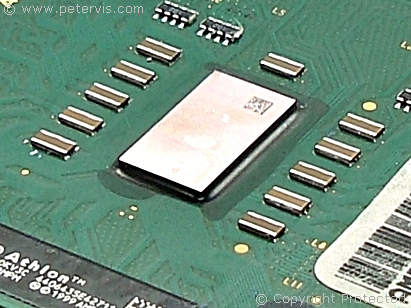
Earlier simplistic 286, and 386 motherboards required a master clock pulse generated by an external quartz crystal. The system bus as well as the processor used this clock pulse for its operation. Changing the quartz crystal enabled engineers to increase the clock speed of the system resulting in a dramatic increase in performance.
In the distant past, a manufacturer marked higher rated processors with a lower rating, and sold them cheaply! However, that is a loss in modern business terms and generally never happens today. Today, manufacturers test all processor chips rigorously to determine their maximum reliable operating clock speed. The rated speed is the most reliable speed at which the component will operate. It is in the best interests of the manufacturer to label the component at the maximum reliable speed, because faster processors fetch more money. Obviously, they are in the business to make money as well.
Calculating the CPU speed
The microprocessors internal core speed depends upon two other speeds; the motherboard speed called Front Side Bus (FSB), and a multiplier factor. Hence:
CPU Speed = FSB Speed × Multiplier Factor
Either increasing the FSB Speed or the Multiplier Factor can increase the CPU speed.
On modern microprocessors, the multiplier factor is hardware coded within the microprocessor core and locked thereby preventing would-be overclockers from tampering with the speed. This leaves only the FSB value to work with. Some motherboards provide a facility for the user to set the FSB speed. This is often through the BIOS settings. The problem with increasing the FSB speed is that other components on the motherboard such as the memory, and video card, may not be able to operate at those higher speeds. Hence, typically an overclocking enthusiast has to upgrade the motherboard components as well.
Typical upgrade requirements
Faster DDR memory modules are required, faster video card, and better cooling as stock cooling fans are seldom sufficient. Hardware configuration changes to the motherboard may also be required; typically, the voltage jumper settings for the processor and memory modules are set to higher values. This is because semiconductor components generally require greater power when operating at higher speeds.
If the motherboard components are too slow then the system may not boot at all and may fail at Power on Self Test (POST). Sometimes the system may start but may become unstable and crash when a certain program is running.
Buy a new system
A system may require faster memory, faster video card, and better cooling system. The cost of purchasing those items may outweigh the cost of a new PC.
The gain from overclocking a processor is negligible, and most sensible thing to do is to get a new faster processor. There are many online shops offering great deals on older stock worth looking. Processors are so cheap these days and you can get the latest upgrade for almost nothing.
Instead of overclocking an old processor, which can turn out to be more costly, it is better to purchase a faster computer. With the current recession, the price of a desktop PC has dropped, and one can grab a good bargain from online shops.
Using CPU-Z to extract information
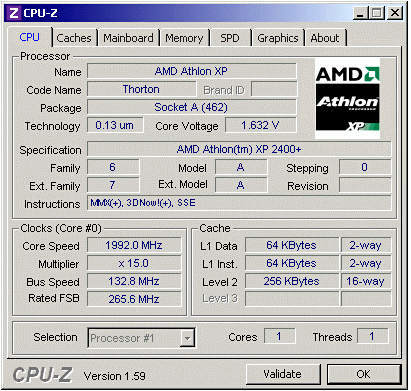
If you have bought a new microprocessor or motherboard, the first thing to do is to check the basic information about the hardware. CPU-Z is the only freeware program I know that will query the hardware and provide some basic information. The values provided are in real-time, which makes this little program very handy.
In the diagram above, you can see that the microprocessor is an AMD Athlon XP, with the Thorton core. The core voltage is 1.632 V, and the core has the MMX, 3DNow! Extensions included. This software also shows that the core speed is 1992 MHz, with a ×15 multiplier. The Motherboard’s FSB Speed is 265.6 MHz.
Avid Overclocker
A German visitor recently sent me a photograph of his desktop PC. He spent a thousand euros upgrading the cooling system, and adding additional cooling fans. He spent two weeks upgrading his system and now it has so many switches and lights that it would make a NASA engineer blush. With all that effort, time, and money spent, his computer system is only 300 MHz faster!
With all the additional switches and cooling fans, he now goes through a NASA style go-no-go routine when he has to switch ON his computer. He loves it!